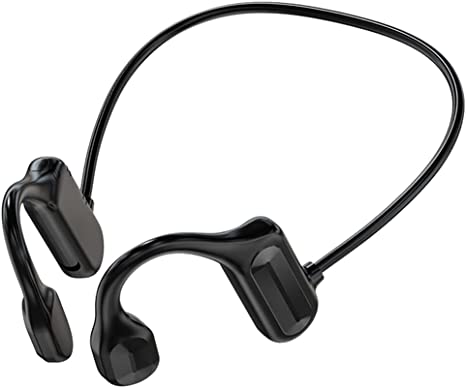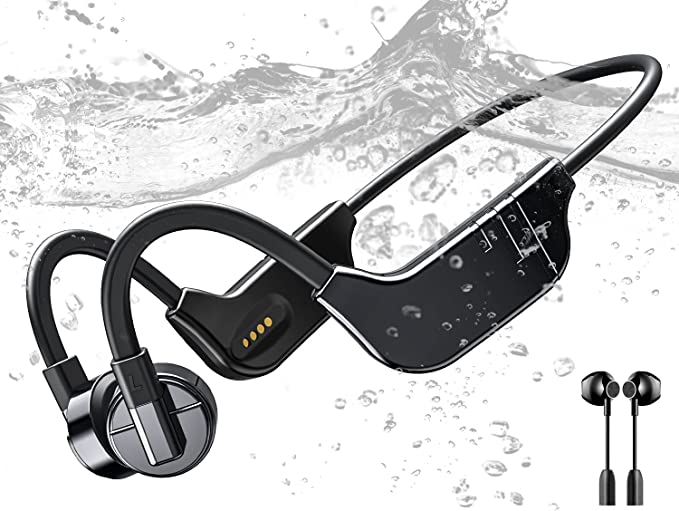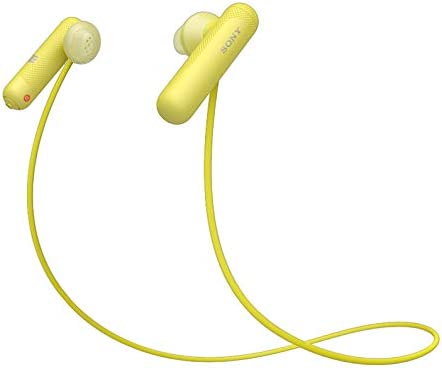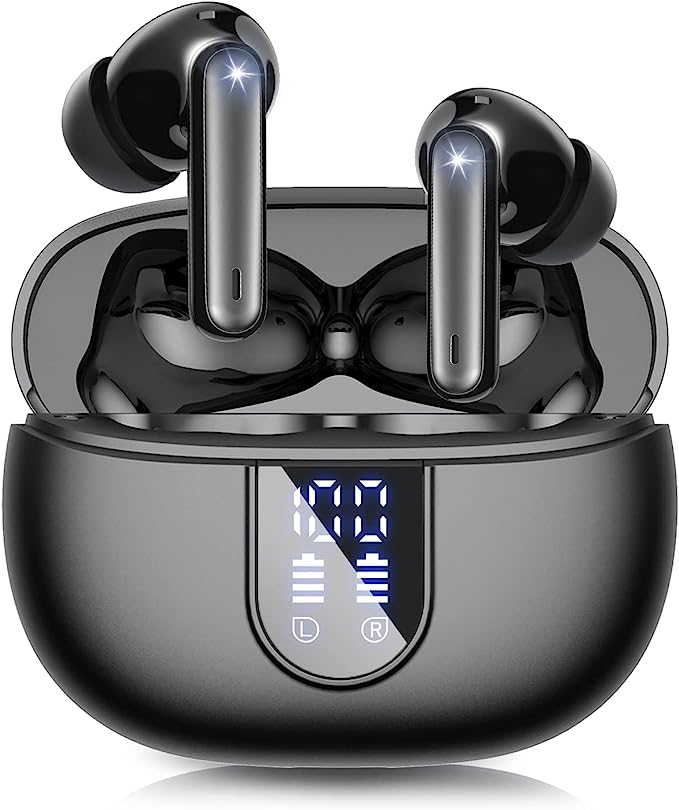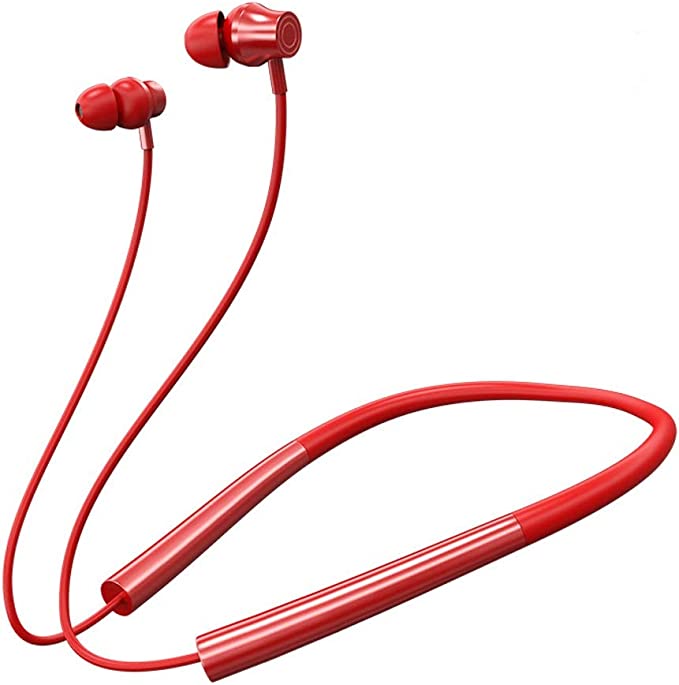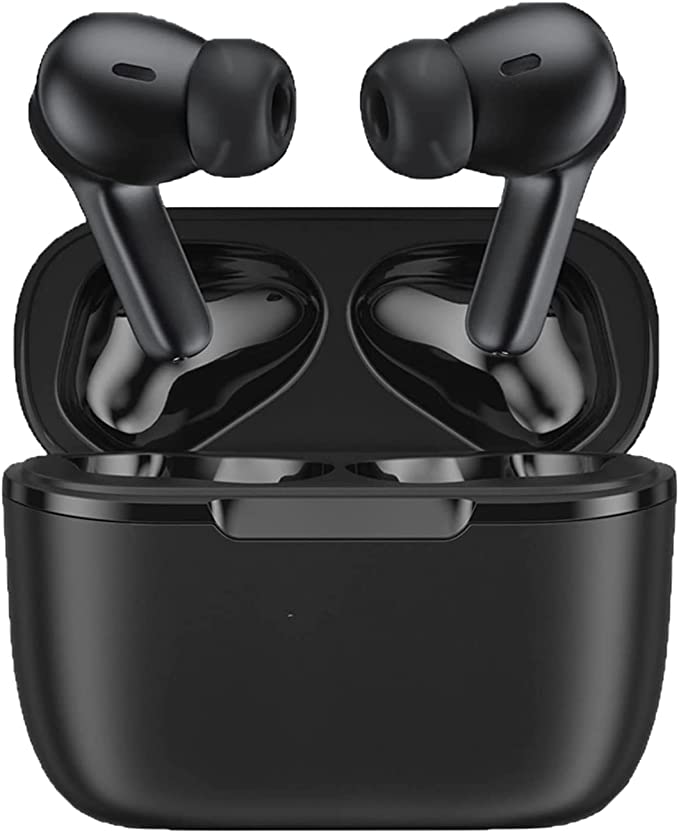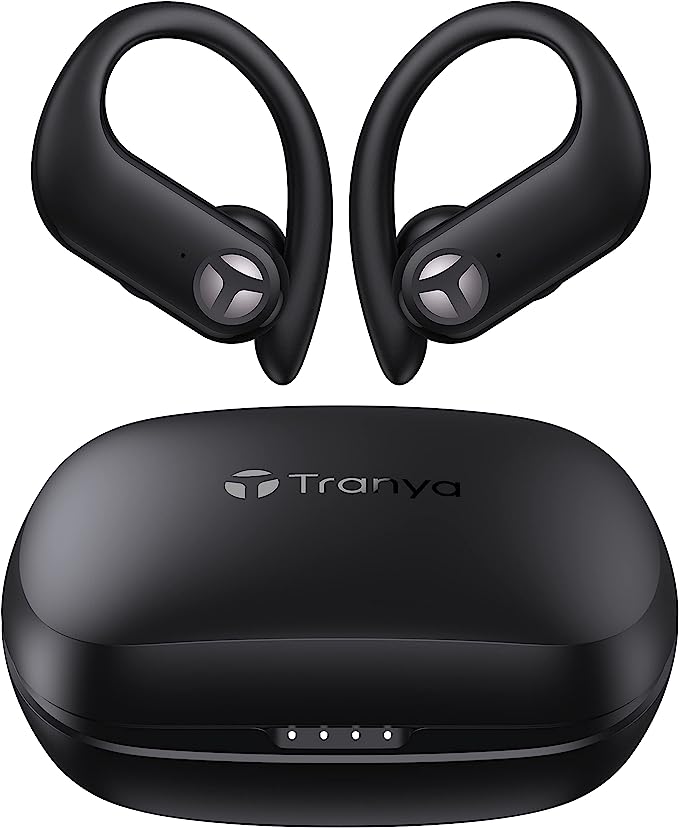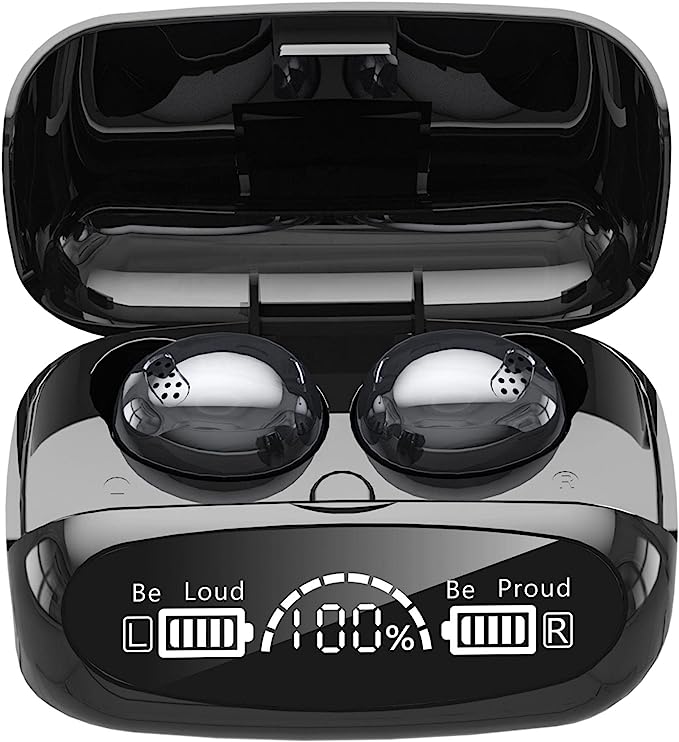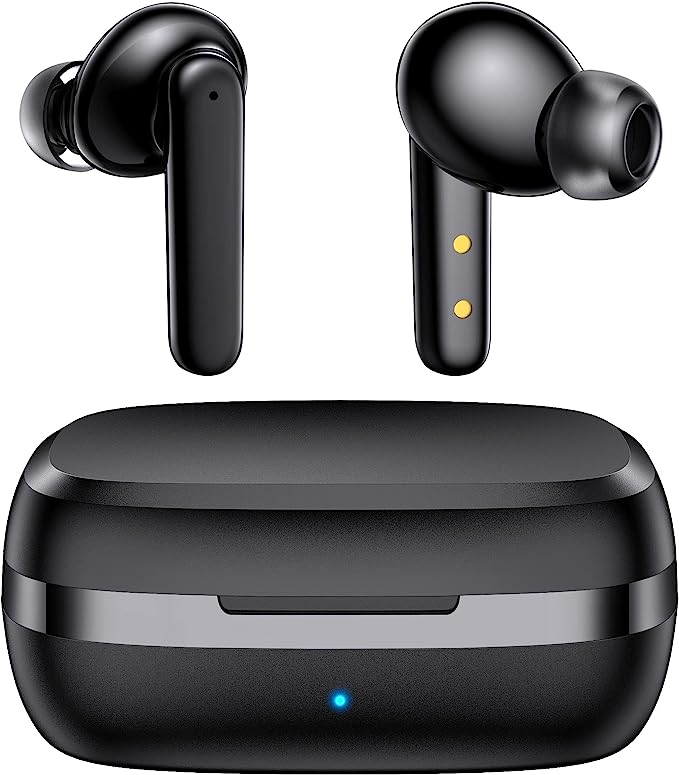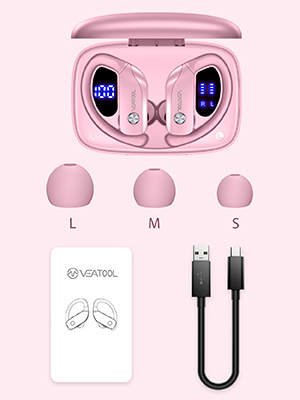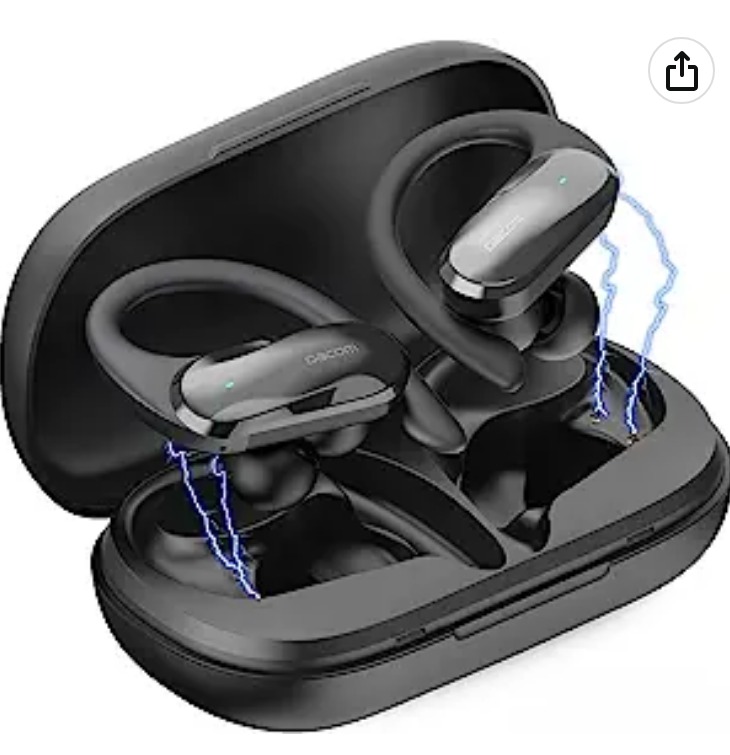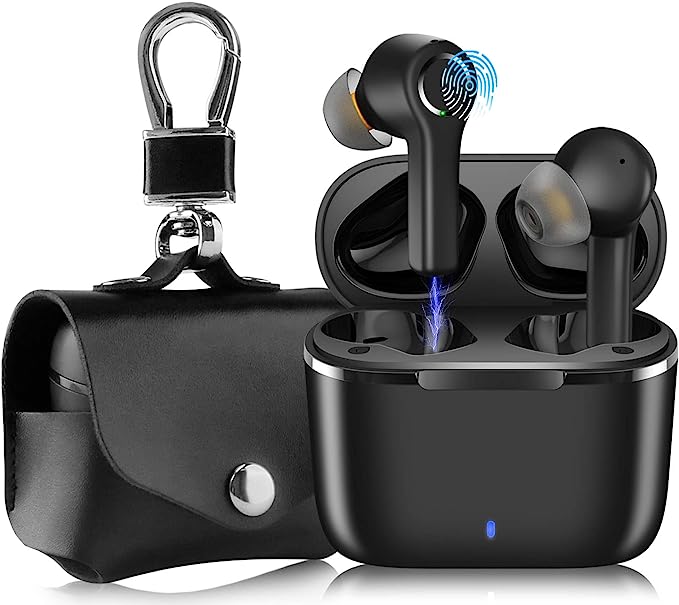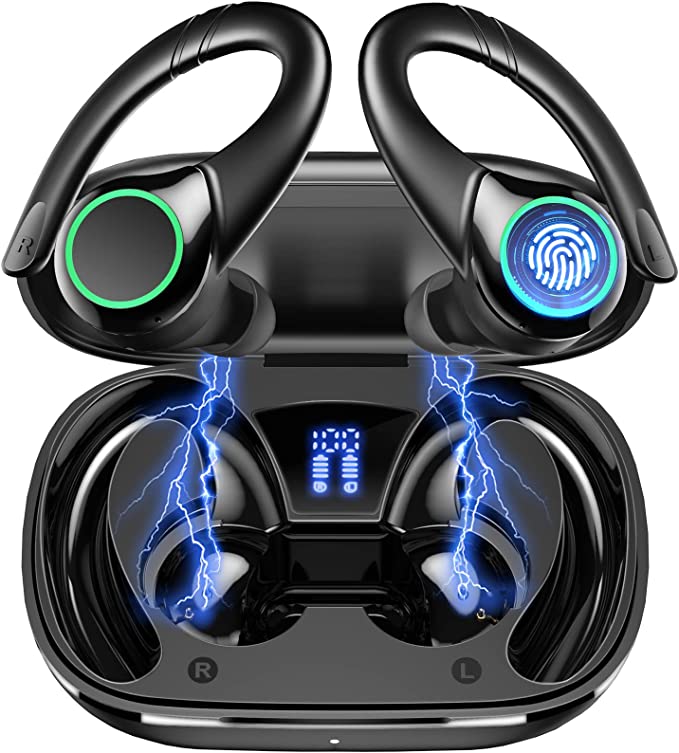The Bone Conduction Trade-Off: Why This $30 Headset's USB-C Port Matters
Update on Nov. 14, 2025, 10:22 a.m.
The “open-ear” audio category, led by bone conduction technology, is a solution to a real-world problem. For runners, cyclists, and office workers, traditional earbuds create a “bubble” that is uncomfortable and unsafe. Bone conduction—which delivers sound via vibration on the cheekbones, leaving the ear canal 100% open—is the answer.
This design brilliantly solves the “situational awareness” problem. But it also introduces a new set of engineering trade-offs. Based on 244 user reviews, the MONODEAL DG06 is a fascinating case study in the “budget” ($30) approach to these trade-offs.
It has a 4.5-star rating, with perfect 4.8-star “Value” and 4.6-star “Comfort” scores. But its true genius, as revealed by savvy users, isn’t its sound. It’s its charging port.

The “Proprietary Charger” Trap
If you have researched this category, you’ve seen the market leaders (like Shokz). You’ll also notice they almost all use a proprietary magnetic charging cable.
This is a deliberate engineering choice: a magnetic port has no “hole,” which makes it much easier to achieve a high waterproof rating like IPX7 or IPX8 (submersible).
But this creates a user-hostile “ecosystem.” As one reviewer (“James Cummings Jr.”) noted, “With those, lose the cable and you are out of luck.” You can’t borrow a cable from a friend. You can’t use your phone charger. You must carry and protect that one special cable.
The $30 Engineering Trade-Off: USB-C vs. Waterproofing
This is where the MONODEAL DG06 makes its smartest, most user-centric trade-off. It rejects the proprietary charger.
As the same reviewer highlighted: “One area where these shine - the charging cable is a standard USB C… I have USB C cables in several places in my home and in our cars so I can easily charge these anywhere and not worry about a special cable.”
This is a massive win for usability. But it comes at a physical cost. A USB-C port is an open hole in the device, making it much harder to fully waterproof. * The “Pro” Models: Use a magnetic port to achieve IPX7/IPX8 (submersible, “for swimming”). * The MONODEAL DG06: Uses a USB-C port, and as a result, has an IPX5 rating.
IPX5 means it is “completely water and sweat resistant” and can handle rain, but it is “not for swimming.”
This is the entire trade-off in a nutshell. The DG06’s engineers correctly wagered that 99% of their target users (runners, gym-goers) don’t swim with their headphones, but 100% of them hate proprietary chargers. They sacrificed an “extreme” waterproofing spec for a “practical” charging one.

The Other Trade-Off: “Good Enough” Sound
With a $30 price, the budget must be prioritized. The DG06’s 4.5-star “Sound quality” rating is high for the price, but user reviews honestly define its physical limits.
The First Principle: An open-ear design has no acoustic seal. You are in a constant battle with your environment. * The Reality: As one user (“Jeremy F.”) put it, “Even at maximum volume, if I’m walking on a busy street, I will sometimes lose the music in my ears to the traffic.” Another (“Mr”) noted, “a passing car or high wind will drown out the audio.”
This is not a defect. It is the intended function of “situational awareness.” You are supposed to hear the car.
Furthermore, bone conduction struggles to reproduce music fidelity as well as a standard in-ear driver. One reviewer (“James Cummings Jr.”) who owned Monodeal’s more expensive model noted this one’s “midtones seem slightly crushed.” This is the reality of a budget transducer. The DG06’s claims of “3D surround” and “double bass amplification” should be viewed as marketing for a “good enough for the price” audio experience, not a high-fidelity one.

Coda: A Tool for Pragmatists, Not Audiophiles
The MONODEAL DG06’s success, proven by its 4.5-star rating, is not built on being the “best.” It’s built on being the “most practical.”
It is a tool for the pragmatist. It delivers the 4.6-star comfort and 100% situational awareness that defines the category. It has a solid 8-10 hour battery. And, most critically, it respects the user’s ecosystem by using a standard USB-C port, a feature its $100+ competitors have stubbornly refused to adopt.
It is the perfect, high-value, “anti-proprietary” choice for anyone who wants to try bone conduction without being locked into a new cable.


